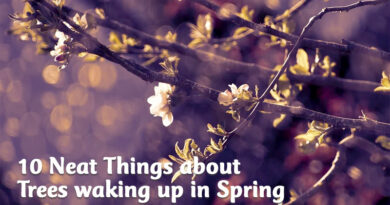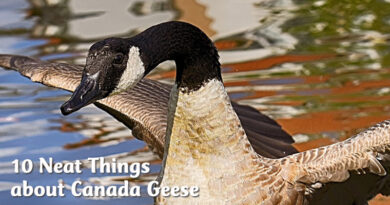Prairie Dogs
1. The talk of the town.
Prairie dogs, the big cousin to the Richardson’s ground squirrel or gopher, live very social lives in colonies called towns. As such social animals, they have developed a highly articulate language. They warn each other through their chatter about approaching predators, but more, about what’s going on. Dr. Con Slobodchikoff, a biologist at Northern Arizona University, with a group of his students, has studied these little rodents to discover that in addition to warning calls, they do a lot of gossiping. Here’s the link so you can listen in yourself: http://conslobodchikoff.com/
2. They know if you’ve been bad or good.
Prairie dogs are highly observant, a necessity for an animal that makes a good meal for a long list of predators, both on ground and in the air. They don’t worry about those who are not a threat, but they do recognize you, and publicize it, if you come into their territory uninvited. It doesn’t matter if you change your shirt, they can still see it’s you and, if you’re a good guy, they say so. If you carry a gun, they broadcast this, too.
3. Calling all socialists
Prairie dogs, as opposed their less socially developed cousins, the Richardson’s ground squirrel or gopher, live relatively long lives. Their average lifespan is eight years (Richardson’s ground squirrels on the other hand are lucky as males to live three years and, as females, four years). The prairie dogs’ sophisticated language skills may be responsible for this success. Not only can they recognize you even if you change shirts, they can recognize and describe such subtle changes as colour, shapes (circles, triangles, ovals) and distinguish between humans, coyotes, dogs, hawks and so on. They can also describe if you are fat or thin!
4. Too much of a good thing.
While their social skills have made them highly successful in their original world, man abhors success in excess, and so has cut the prairie dog populations down to size — a size that is only five per cent of what it once was. In the 20th century, 98 percent of the once millions of prairie dogs on the central plains of North America were exterminated. Huge prairie dog cities are now villages even though they are still called towns.
5. The shy little Canadian cousin.
While there are prairie dogs in Canada (mainly in southern Saskatchewan), most of what we call prairie dogs or gophers are actually Richardson’s ground squirrels. These guys are much smaller than their cousins being less than a pound and under 12 inches long (prairie dogs weigh in at two to four pounds an measure 15 inches). The males are antisocial except in their extreme youth and during mating season, and live most of their very brief lives sleeping or copulating.
6. Going it alone.
Able to mate only once a year for a very brief period of two to three hours, the girls make the most of it by mating with one to four males. They raise their young without the support of a mate and are very vulnerable. After a gestation period of 23 days, the female bears helpless, blind and hairless litters of five to eight young. Not only does she have to do all the work, badgers and weasels, which are capable of invading the burrows, are a constant threat. They gobble up the helpless babies. She does her best to defend, but if she is lucky, she may be left with just one offspring to nurture to adult hood. She cannot mate again that year.
7. Ahh! That was hard work, mate(ing).
By July, Dad Richardson has had it. After filling his burrow with food, he’s ready for the long sleep and so goes into hibernation. He stays in this state of torpor until March, when the females are starting to get interested again. Lady Richardson doesn’t go to bed until August and sometimes stays up as late as October.
8. Nice to see you again, Cousin Effie.
Females bond more closely in the Richardson clan. Being just as antisocial as Dad when it comes to strangers, they recognize kin even after months of separation. Daughters and sisters stick close to home while the boys disperse to live alone. Although unstudied, they also have an extensive vocabulary of squeals, chirps, chirrs, whistles and teeth chatters.
9. Home sweet home.
The range of each Richardson ground squirrel is about 240 square metres under which they build their burrows with two to three exits and five sleeping chambers. They line their nests with fresh grass and build separate bathrooms.
10. The groundhog is also a glorified ground squirrel.
Prairie dogs, Richardson ground squirrels and groundhogs are all members of the family Sciuridae. The groundhog is the largest. The groundhog is a mighty four to nine pounds and measures as much as three feet long, but he is just as good a burrower as his cousins. Groundhogs are also called woodchucks.






